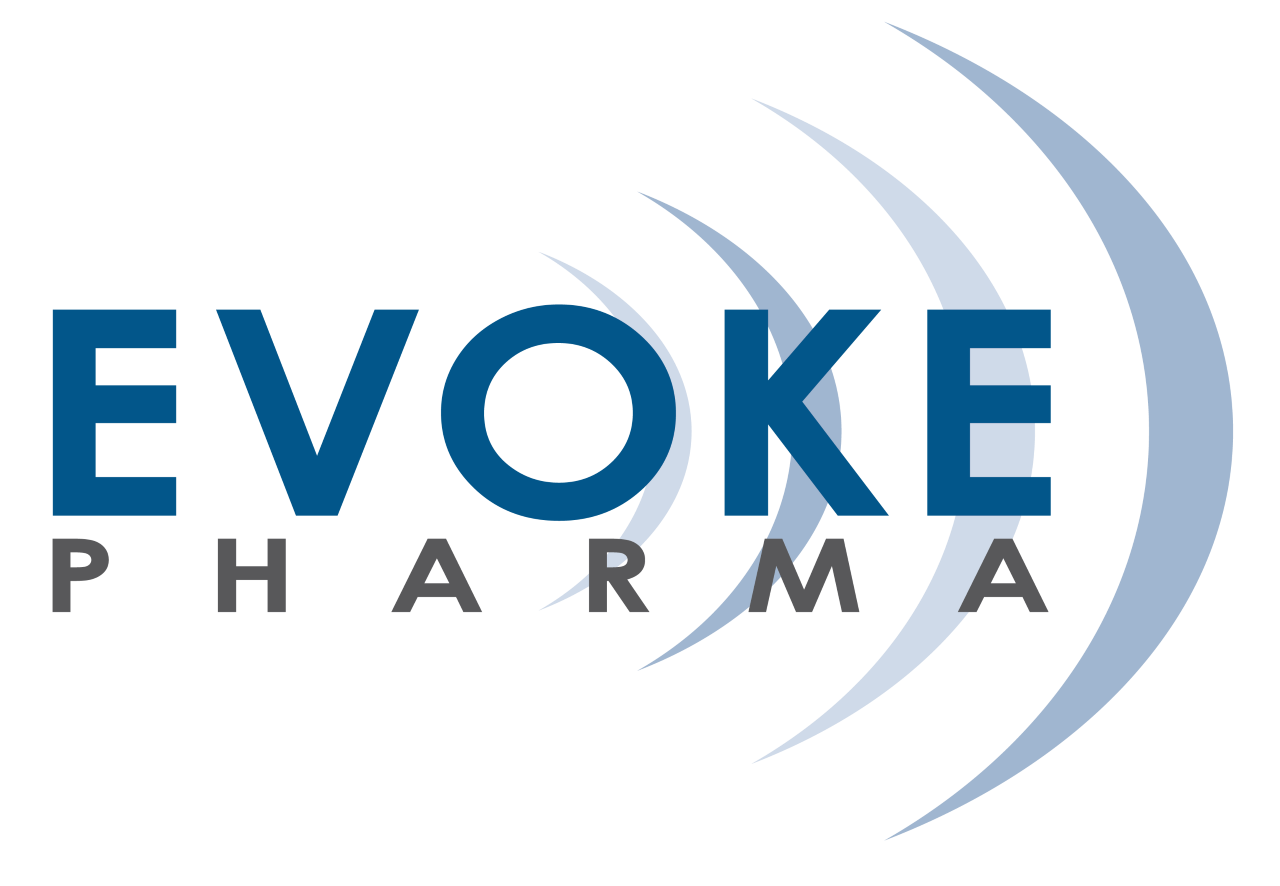How does the Hydrogen breath test work?
The hydrogen breath test measures the amount of hydrogen in a person’s breath. Very little hydrogen is normally detectable.
However, undigested lactose (milk protein) or fructose (sugar) in the colon or small intestine is fermented by bacteria and produces various gases, including hydrogen. The hydrogen is absorbed from the intestines, carried through the bloodstream to the lungs, and exhaled.
For a minority of people (less than 2% of the community) who do not produce breath hydrogen or methane, breath tests do not provide useful information.
What does it test for?
Hydrogen breath tests are widely used to detect various functional GI disorders such as irritable bowel syndrome (IBS) and to rule out other underlying conditions.
Depending on how the test is performed, a hydrogen breath test can be used to test for food intolerances such as lactose intolerance, or intolerance to poorly absorbable sugars.
It can also be used to detect small intestinal bacterial overgrowth (SIBO) which produces hydrogen in response to lactulose.

Watch Dr. Darren Brenner speak about SIBO during IFFGDs 30th Anniversary NES Event
What does the test involve?
During this test, the patient drinks a beverage that contains fructose, lactulose or glucose. Then, they are instructed to exhale into a bag at specific intervals so that their breath can be analyzed during the digestion process. If there are elevated levels of hydrogen present in the breath, it could indicate poor digestion. If there is a significant increase in hydrogen or hydrogen sulfide gas within 90 minutes, it may indicate SIBO.
How should I prepare?
Prior to taking the test, your healthcare provider will provide you with guidelines on the length of time you’ll need to fast for. It’s imperative that you abstain from consuming certain foods, medications, and cigarettes prior to the test, as they have the potential to impact the accuracy of the results. It’s highly recommended that you consult with your healthcare provider to confirm that you’re not currently taking any medications that may interfere with the test.














